The history of animatronic dinosaurs is an interesting tale that spans several decades. These life-sized mechanical creatures have captivated audiences young and old, bringing the prehistoric world to life in a way that was never before possible. In this blog post, we will take a look at the origins of animatronic dinosaurs and how they have evolved over time.
The first animatronic dinosaurs were created in the 1970s. Walt Disney Imagineering was one of the pioneers of this technology, introducing a life-sized brontosaurus in the 1964 New York World’s Fair. But it wasn’t until the 1970s that animatronics truly took off. The Sinclair Oil Corporation commissioned the first animatronic dinosaurs for their Dinoland exhibit at the 1964 New York World’s Fair. These early animatronics were basic, with limited movement and sound capabilities.
Over the next few decades, animatronic dinosaurs became more sophisticated. In the 1980s, companies like LifeFormations and Creature Technology began creating more advanced animatronic creatures. These dinosaurs had more realistic movements and could even interact with guests. By the 1990s, animatronic dinosaurs had become a staple of many museums and theme parks around the world.
Today, animatronic dinosaurs continue to evolve. Advancements in technology have led to more realistic and complex creatures. Some animatronic dinosaurs are equipped with sensors that allow them to respond to guest interaction, while others can move in ways that were once thought impossible. These modern animatronics have become attractions in their own right, drawing crowds from around the world to see them in action.
In conclusion, the history of animatronic dinosaurs is a fascinating one. From humble beginnings in the 1970s to the highly advanced creatures of today, animatronic dinosaurs have captivated audiences for decades. As technology continues to advance, it’s exciting to think about what the future holds for these life-sized mechanical creatures.


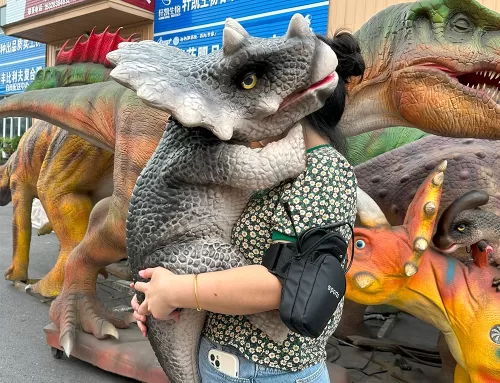

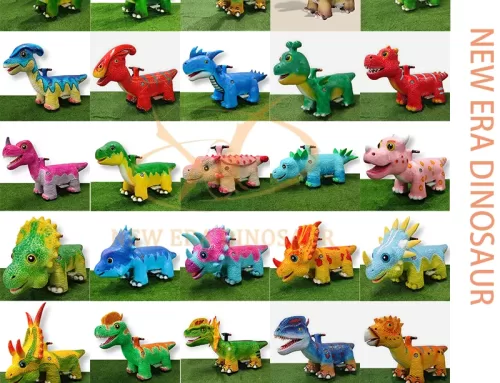
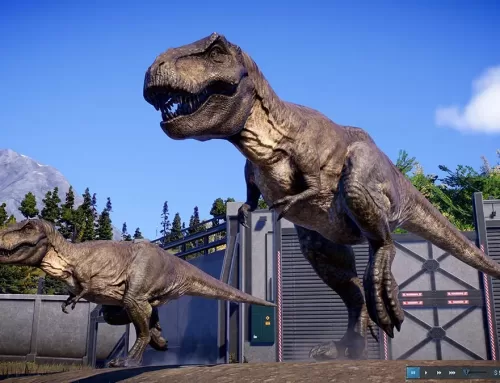


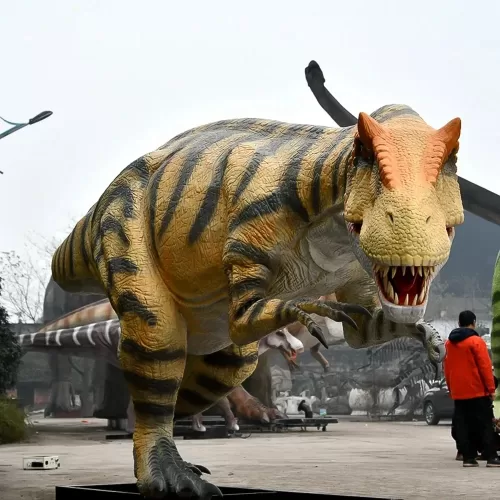
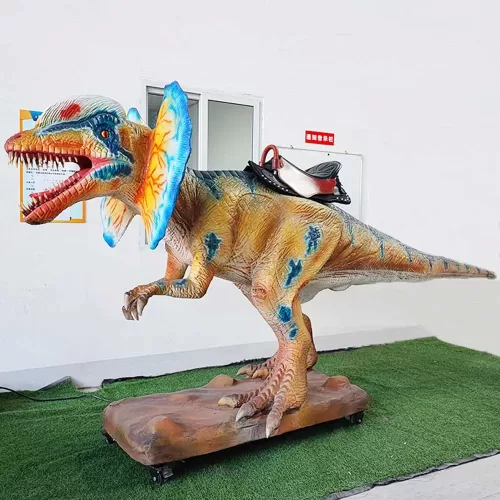


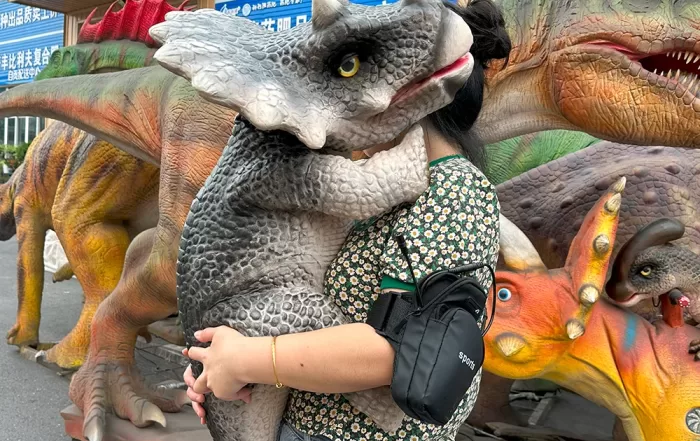
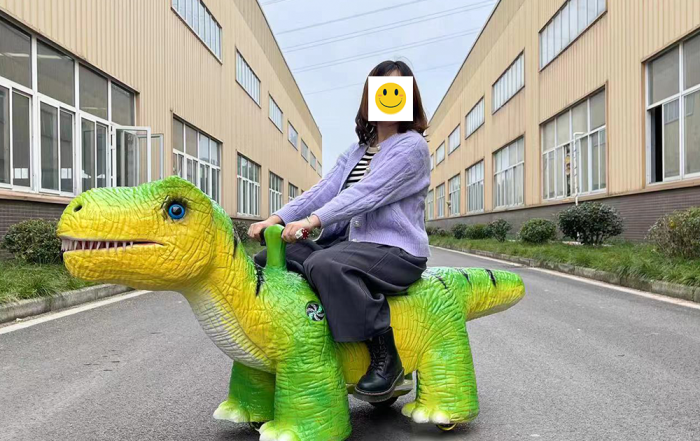
Leave A Comment